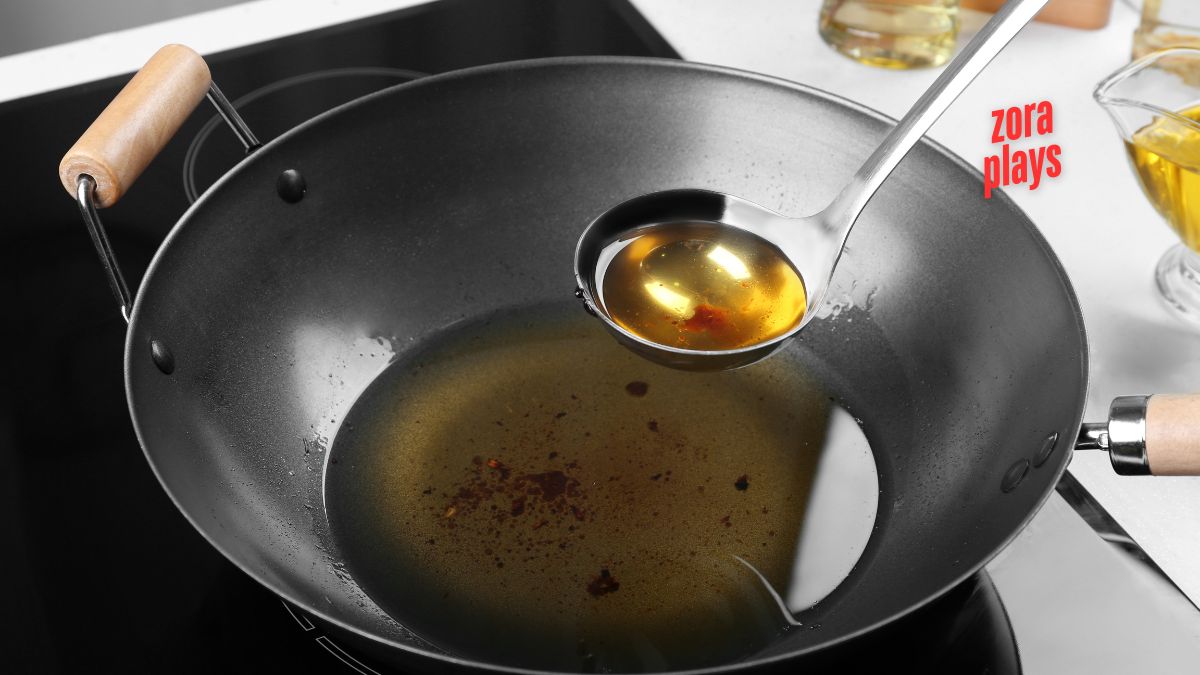In recent years, the culinary world has seen a significant shift towards healthier cooking practices, with a particular emphasis on the types of fats used in meal preparation.
Coconut oil has emerged as a popular choice, celebrated for its unique properties and potential health benefits.
However, it’s essential to understand its characteristics and consider other healthy fats that can enhance your cooking while promoting well-being.
The Rise of Coconut Oil in Modern Kitchens
Coconut oil is derived from the meat of mature coconuts and is predominantly composed of saturated fats, with approximately 82% of its fat content being saturated.
Notably, it contains a high concentration of lauric acid, a medium-chain triglyceride (MCT) that is metabolized differently than long-chain fatty acids.
Lauric acid is known for its antimicrobial properties and potential to increase high-density lipoprotein (HDL) cholesterol, often referred to as “good” cholesterol.
Culinary Uses and Considerations:
- High Smoke Point: Coconut oil has a smoke point of around 350°F (177°C), making it suitable for baking and sautéing.
- Flavor Profile: It imparts a subtle, sweet, and nutty flavor, which can enhance both sweet and savory dishes.
- Health Implications: While coconut oil can raise HDL cholesterol, it also increases low-density lipoprotein (LDL) cholesterol due to its high saturated fat content. Therefore, moderation is key, especially for individuals with concerns about heart health.
Exploring Six Other Healthy Fats for Cooking
In addition to coconut oil, incorporating a variety of healthy fats can diversify your culinary repertoire and offer distinct health benefits. Below is a comparison of six alternative oils:
| Oil | Primary Fat Type | Smoke Point | Flavor Profile | Health Benefits |
|---|---|---|---|---|
| Extra Virgin Olive Oil (EVOO) | Monounsaturated Fatty Acids (MUFAs) | 320°F (160°C) | Rich, fruity | Rich in antioxidants and anti-inflammatory compounds; supports heart health by improving cholesterol levels. |
| Avocado Oil | Monounsaturated Fatty Acids (MUFAs) | 520°F (271°C) | Mild, buttery | High in vitamin E and lutein; promotes eye health and may reduce inflammation. |
| Canola Oil | Monounsaturated and Polyunsaturated Fatty Acids (PUFAs) | 400°F (204°C) | Neutral | Low in saturated fat; contains omega-3 fatty acids that support heart health. |
| Sesame Oil | Polyunsaturated Fatty Acids (PUFAs) | 410°F (210°C) | Nutty | Contains sesamol and sesaminol, antioxidants that may protect cells from damage. |
| Safflower Oil | Polyunsaturated Fatty Acids (PUFAs) | 450°F (232°C) | Neutral | May help lower LDL cholesterol and improve blood sugar levels. |
| Ghee (Clarified Butter) | Saturated and Monounsaturated Fatty Acids | 485°F (252°C) | Rich, creamy | Free of lactose; contains fat-soluble vitamins A, D, E, and K. |
Making Informed Choices in Your Kitchen
When selecting fats for cooking, consider the following factors:
- Smoke Point: Choose oils with appropriate smoke points for your cooking methods to prevent the formation of harmful compounds.
- Flavor Compatibility: Match the oil’s flavor profile with your dish to enhance its taste.
- Nutritional Profile: Opt for oils that align with your health goals, paying attention to the types of fats and additional nutrients they provide.
Incorporating a variety of healthy fats, including coconut oil, can elevate your culinary creations and contribute to a balanced diet.
By understanding the unique properties and health implications of each oil, you can make informed choices that enhance both the flavor and nutritional value of your meals.
Remember, moderation and variety are key components of a healthy diet.

